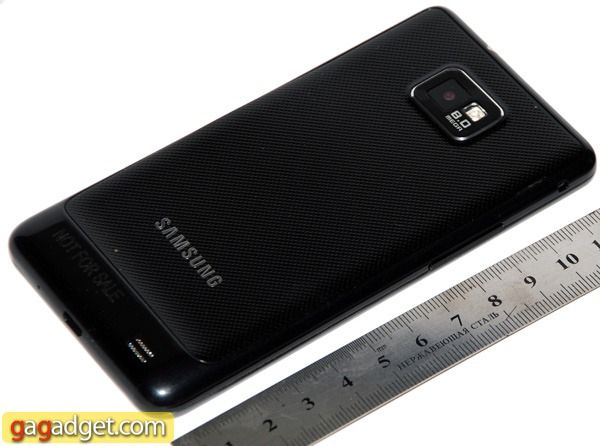
Nate Kimmey
Contributing since May, 2010
-
201articles
Page 4
Latest Articles

Google Makes Android More Attractive For Google Apps Users With New Remote Capabilities

Just another step in Google's efforts to make Android more appealing to businesses - an update to the Google Apps Device Policy application has added three new features to make your Android device more secure:

It appears that the HTC EVO 3D, the CDMA version of which Sprint revealed to the world last week, will be coming in a GSM flavor after all - the HTC France Twitter account has confirmed that the device will be launching in Europe at some point, although the date is not confirmed. For those who can't remember their high school French, the tweet roughly translates to:


AT&T Confirms That The Atrix And The Inspire Will Receive HSUPA-Enabling Updates In April

Motorola Atrix and HTC Inspire owners have had good reason to be upset with AT&T's "4G" network - due to the fact that HSUPA wasn't enabled on either of the two devices, users have been plagued with unbearably low upload speeds, and the announcement of an upcoming Atrix update that ignores the problem didn't seem like a good sign. Fortunately, AT&T has used its Facebook page to confirm that software updates enabling normal upload speeds are in the works and are expected to roll out some time in April.

Foursquare may be the king of the check-in game (they're boasting over 7 million users and over 500 million check-ins last year), but that won't keep them resting on their laurels. Launching tonight on the Android Market, Foursquare 3.0 will introduce several notable changes that could fundamentally alter how the service is used.
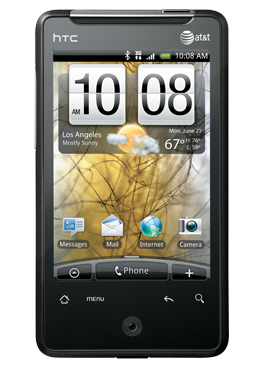
Android 2.2 "Froyo" Update For HTC Aria To Be Available Tomorrow, February 25th

It's been a long time coming, but AT&T is finally about to show some love to the HTC Aria: they've announced via their Facebook page that an update to Froyo will be made available tomorrow. The post tells users to check back tomorrow to "learn how to download the update," so this might not be a nice and easy over-the-air procedure. But at least it tells us that one manufacturer is still developing for its older devices.
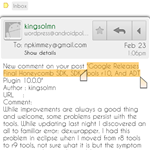
In a minor update to the official Gmail app, Google has addressed one of "the little things" that have been plaguing Android since the beginning. In this case, a lack of uniformity for copying text.

We've heard a lot of numbers about the number of Android device activations per day in the past, but it's always nice to see it displayed visually. AndroidDevelopers has posted a very cool video that does just that, showing the number of Android activations throughout the world from the beginning - all the way back to the G1 - to January 2011. It's a nice reminder of just how far the platform has come. Take a look for yourself below.

It's definitely an exciting day for Android developers - first, Motorola confirmed that their XOOM tablet will be open for development, and now the the final Android 3.0 SDK is available. Additionally, the SDK tools and ADT plugin have been updated to versions r10 and 10.0.0, respectively, with the following improvements and additions:

Sprint Makes It Officially Official: Epic 4G To Receive Froyo Update Beginning February 21

That wasn't so long, was it? As expected, Sprint has officially announced the official Android 2.2 update for the Epic 4G is set to start rolling out February 21 and will continue to be sent in waves until February 25, when all devices will have received the update. While you probably already know everything Froyo entails, Sprint has compiled a list of the major enhancements and additions you can expect:
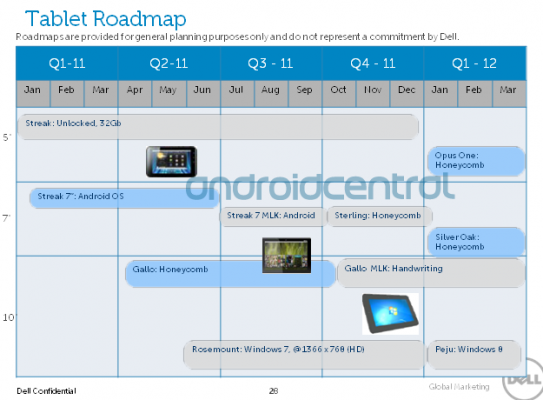
The cat's out of the bag on Dell's upcoming (all the way into early 2012) Android offerings thanks to leaked slides showing their phone and tablet roadmaps. Incidentally, the slides also reveal that the next version of Android (after Honeycomb) will be called "Ice Cream" instead of what we previously though, "Ice Cream Sandwich." It's interesting to know that devices are already being planned to run on this technically unannounced version of Android, but what will surprise you even more are the amazing specs.
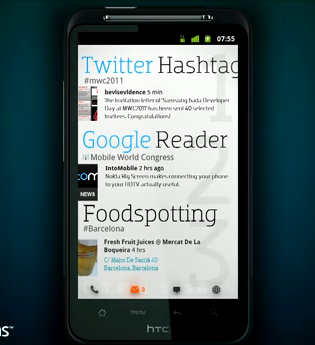
There's certainly no shortage of homescreen replacements for Android, but who's to say that we can't have one more? And you've got to admit, this concept app - Fipplr - looks really nice, and doesn't appear to fall short in terms of functionality, either.

Just as with the original Droid, Motorola is planning to follow up the Droid X with an even more powerful device, in this case a superphone on the same level as the Bionic. Although it looks virtually the same as its predecessor, there are a few noteworthy changes:

Score another win for Yelp in its battle against Google Maps: in the most recent update, Yelp's Android app gained the ability to make restaurant reservations thanks to integration with OpenTable.
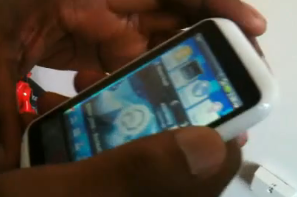
Whether you liked the idea or not, INQ's Facebook-based phone, called the Cloud Touch, is alive and kicking - and has now been officially previewed in a video on TechCrunch. Running a custom skin, it has a number of different tweaks that integrate Facebook into the core experience, including:

It's pretty much universally agreed upon that Honeycomb's UI overhaul looks awesome, with its Tron-inspired holographic UI touching just about every part of the operating system. But what about the boot screen? It turns out that looks just as slick - TechCrunch managed to grab a video of it, and - despite the poor lighting - we can see that it looks nothing like previous versions of Android, which featured the Nexus "X" animation. Check it out in the video below:

"Monster Madness" And "Great Battles" Demoed On Honeycomb Tablet, Coming Within A Month

We've already seen a few apps shown off at Google's live Honeycomb event, including two 3D games that take full advantage of both cores on the Tegra 2 processor. Monster Madness, ported from the PS3 to Android, is a hack and slash game with amazing 3D graphics and destructible environments, while Great Battles is an epic RTS that's also called an "educational game." While that doesn't sound that cool, just take a look at the pictures of the game in action. If this is what we can expect from Tegra 2 games, gaming on Android is about to get a whole lot better - and apparently sooner rather than later, as both games are expected to be released within a month.

